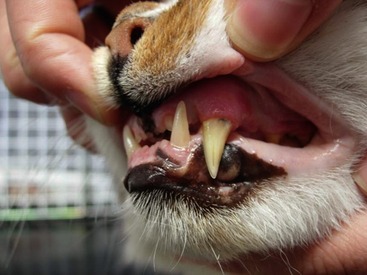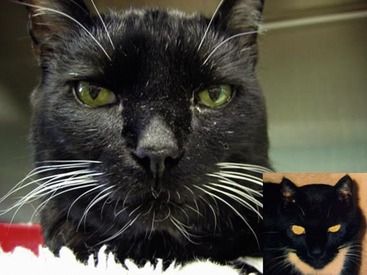acromegaly cats and dogs
It is a far less common condition in dogs than in cats. In dogs there is a relationship between acromegaly and DB.

Pharmacological Treatment With Cabergoline In Three Cats With Acromegaly
That can be explained by the diabetogenic effect of GH in this species.

. Feline acromegaly is a disease characterized by excessive growth hormone secretion leading to a wide array of clinical signs caused by the hormones effects on multiple organ systems. Unlike most diabetic cats with poorly controlled blood glucose levels who lose weight cats with Acromegaly will often if not always gain weight. Acromegaly is most commonly seen in older 10 years old neutered male cats that have insulin-resistant diabetes mellitus.
Acromegaly is a syndrome of bony and soft tissue overgrowth and insulin resistance due to excessive growth hormone GH secretion. Cardiomegaly and azotemia develop late in the disease. Some cats become extremely hungry or start.
Acromegaly is also referred to as hypersomatotropism. Saving a friendly animal from a harsh life outside from a. Acromegaly is a rare but very dangerous condition that affects cats of all ages breeds and genders.
The main characteristic findings in canine acromegaly are a visible increase in soft tissue mass prominent skin folds abdominal enlargement andor radiographic evidence of an increase in soft tissue mass in the orolingual oropharyngeal and orolaryngeal region. This is true for acromegaly in other species as well except in the case of dogs. The abnormally high circulating levels of growth hormone have effects.
Our surgeons all of whom are board-certified by the American College. 6 rows As well as occurs in human beings acromegaly is an endocrine disorder characterized by bony and. Acromegaly results from chronic excessive secretion of growth hormone in the adult animal.
These effects can be divided into two major classes. Affected cats can develop gradual changes in their appearance but because the disease develops over a long period of time owners may not notice any problems. Growth of the extremities skull and muscles occur in some cats.
Difficult to control Feline Diabetes requiring higher than usual doses of insulin and weight gain vs. So as many as 1 in 3 hard-to-control diabetic cats may have acromegaly. Acromegaly is most commonly seen in unsprayed females.
The hormone excess leads to development of insulin-resistant diabetes mellitus and enlargement of. However cats of any age or sex can develop acromegaly. Common symptoms associated with insulin resistance include weight loss despite a good appetite and increased thirst and urination.
Signs of GH hypersecretion tend to develop slowly and are characterized initially by soft tissue. Feline acromegaly has its origin in an adeno-hypophyseal lesion or an adenoma responsible for deregulation in the production of GH the growth hormone. It has been recognised in dogs and cats but the aetiology of the disease in both species is completely different.
Acromegaly is a relatively rare condition caused by excessive hormone production in the brain or in mammary gland breast tissue. Acromegaly in dogs is an endocrine disorder. Cats with acromegaly are commonly presented for insulin-resistant diabetes mellitus insulin doses dependent on insulin type with concurrent weight gain rather than.
Acromegalic dogs almost invariably show some degree of respiratory stridor. Cause of GH hypersecretion in cats with acromegaly In cats with acromegaly excensive secretion of GH is mostly caused by a GH producing. Rescuing an animal must create good karma though this is not why we do it.
Like regular diabetic cats acromegalic cats are more often male than female. Acromegaly in cats. In dogs acromegaly results after administration of progestational compounds for the suppression of oestrus in intact female dogs.
For information on the pathophysiology clinical signs and diagnosis of feline acromegaly see the article on page 467. Signs related to diabetes mellitus are typically the first clinical signs noticed. Cats with acromegaly also seem prone to high blood pressure and rarely the tumour itself can grow so large that it causes changes in behaviour or other neurological signs.
The disorder triggers the pituitary gland to overproduce somatotropin a growth hormone GH. To rescue an animal is to literally save a life to change their fate or destiny. Acromegaly is a syndrome in cats caused by a tumor in the brain specifically the pituitary gland that secretes an excess of a hormone Growth Hormone GH.
This chapter discusses pathogenesis classical signs diagnosis treatment and prognosis for acromegaly in dogs. This is of particular interest since typical diabetic cats with poorly controlled DM would show weight loss. WSU is also one of only a handful of veterinary hospitals in the country performing transsphenoidal hypophysectomy a surgery used in the treatment of pituitary tumors to treat Cushings disease in dogs and acromegaly excessive growth hormone from pituitary gland in cats.
The pituitary gland secretes the growth hormone thanks to the stimulation of another precursor. GH can cause peripheral insulin-resistance. Acromegaly is caused by excess secretion of growth hormone GH in adult animals.
Acromegaly occurs when a functional non-cancerous benign tumor in the pituitary produces excessive amounts of growth hormone. The disease is typically caused by an abnormal growth or tumor that affects the pituitary gland. The usual weight loss seen in cats with uncontrolled blood glucose levels are signs that your cat may have Acromegaly and should be.
The condition is caused by a benign tumor within the pituitary gland that secretes excess amounts of growth hormone. Acromegaly is not a very common disease in cats but under certain circumstances veterinarians and owners need to be more aware of it than we currently are. In one study 13 of 14 cats with acromegaly were males with an average age of 102 years.
Because acromegaly is almost always fatal if left. It is more common in cats than dogs. Sadly the effects on the heart can sometimes be so severe that the cat develops congestive.
Interestingly it can also affect the joints so arthritis symptoms can be seen. Body condition can range from normal to being overweight and an average body weight of 58 kg was found in a large cohort of acromegalic cats. It most commonly affects middle-aged and older male castrated cats.
In people it occurs in approximately two males to every female. In cats the ratio is more like ten males to one female. In dogs the condition often develops due to excess progestrone secretion as happens with ovarian cysts.
Feline acromegaly is a disease characterized by excessive growth hormone released from a functional pituitary adenoma resulting in a wide array of clinical signs and commonly insulin-resistant diabetes. It is more common in certain breeds than others but this disease is generally quite uncommon. Acromegaly may be suspected in a cat who is persistently hyperglycemic despite daily insulin injections especially if it is accompanied by other symptoms such as weight gain 1 along with ruling out other conditions which also cause uncontrolled diabetes is important hyperthyroidism hyperadrenocorticism.
The catabolic actions of growth hormone include insulin antagonism and lipolysis. In cats it is due to GH-secreting tumors of the anterior pituitary. The usual canine sufferers of acromegaly are unspayed females.
There is excessive secretion. Acromegaly in cats is a condition in cats caused by excessive growth hormone in the body which is usually secondary to a pituitary tumor explains Dr. Acromegaly occurs in people dogs and cats.
The Saint Bernard breed is believed to be genetically predisposed to acromegaly. Testing confirmed acromegaly in over 90 of those. Karma Cat Zen Dog Rescue Society helps homeless animals thru adoption TNR and eduction in the central New Jersey area.

Acromegaly In A Non Diabetic Cat
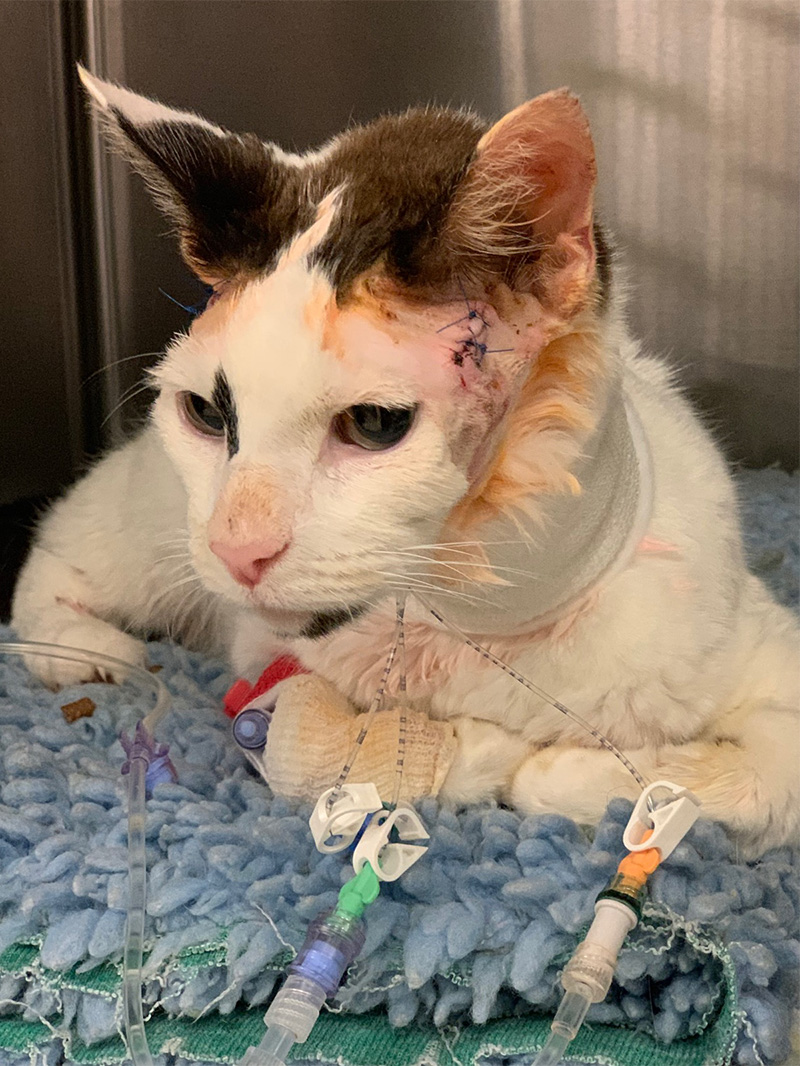
Pioneering Hypophysectomy Treatment Reaches 100 Case Milestone

Acromegaly In Dogs And Cats Sciencedirect

Paws Of An Overtly Acromegalic Cat This Figure Shows A Cat With Download Scientific Diagram

Acromegaly In Dogs And Cats Sciencedirect
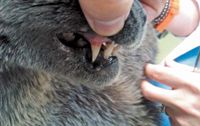
Feline Acromegaly The Keys To Diagnosis

A Male European Shorthair Cat At A 11 Years Of Age And At B 14 Download Scientific Diagram

Pdf Acromegaly In A Non Diabetic Cat
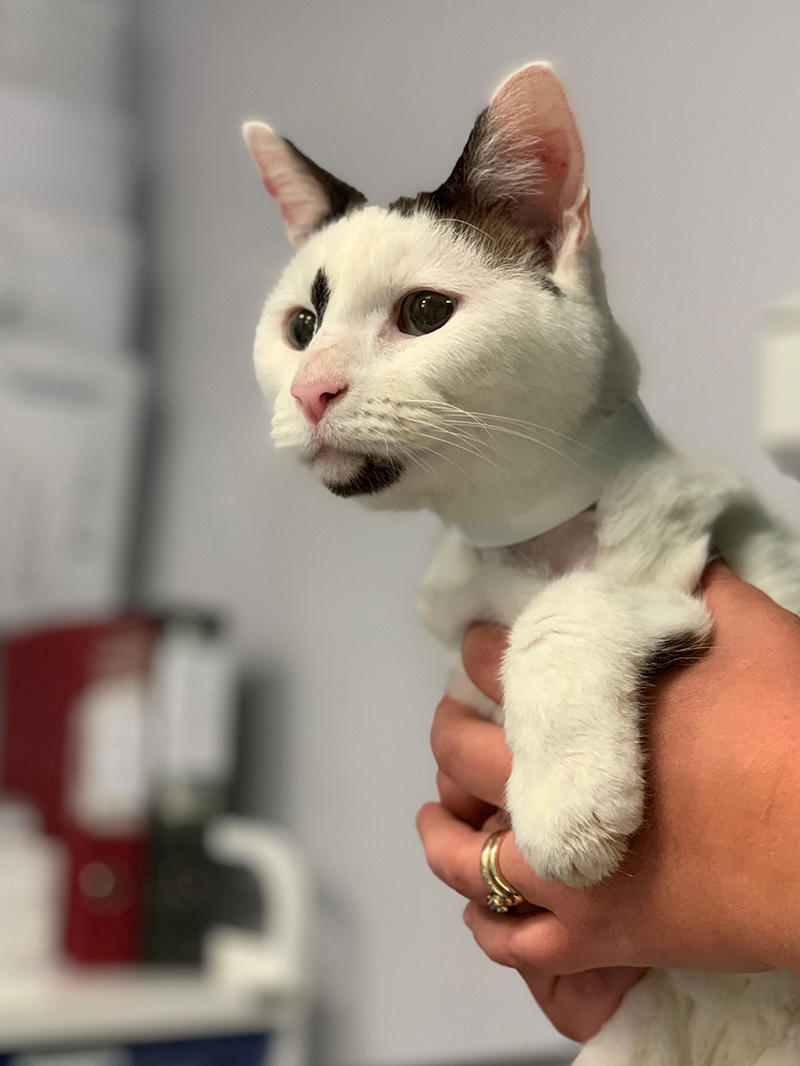
Pioneering Hypophysectomy Treatment Reaches 100 Case Milestone

Example Of A Cat Before And After Onset Of Hs Induced Changes Photo A Download Scientific Diagram

Pdf Acromegaly In A Non Diabetic Cat Semantic Scholar

Acromegaly In Cats The Veterinary Nurse

Feline Acromegaly An Uncommon Disease Vetcall Q Superstore Qld

